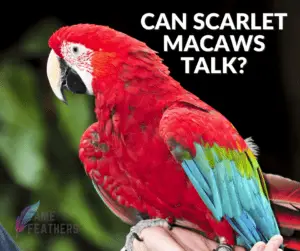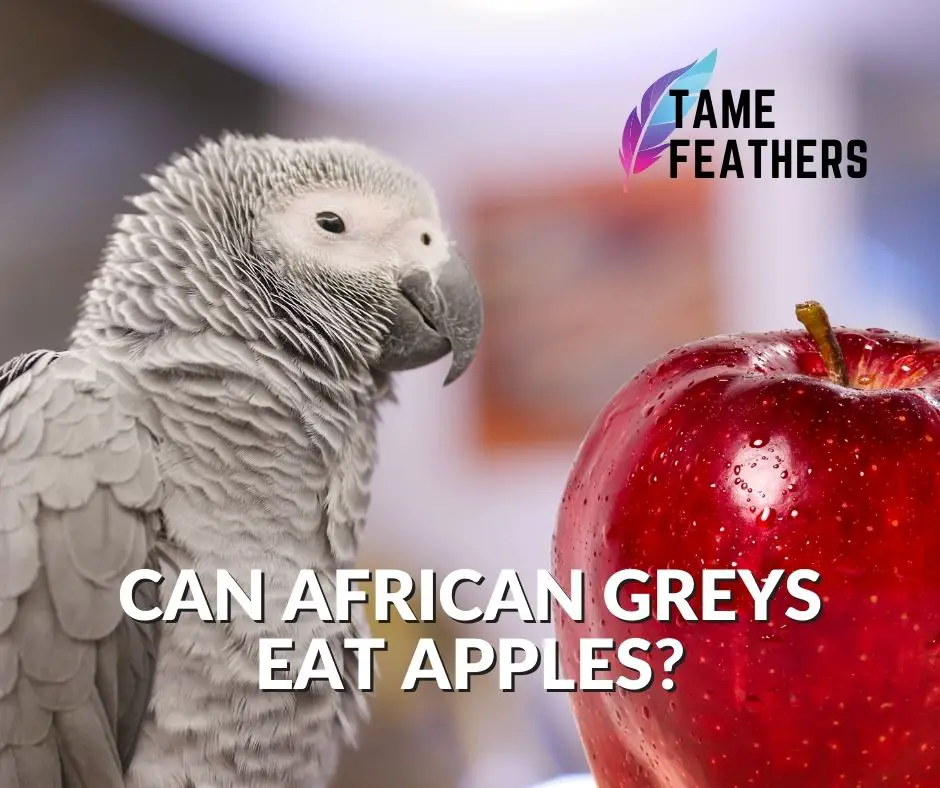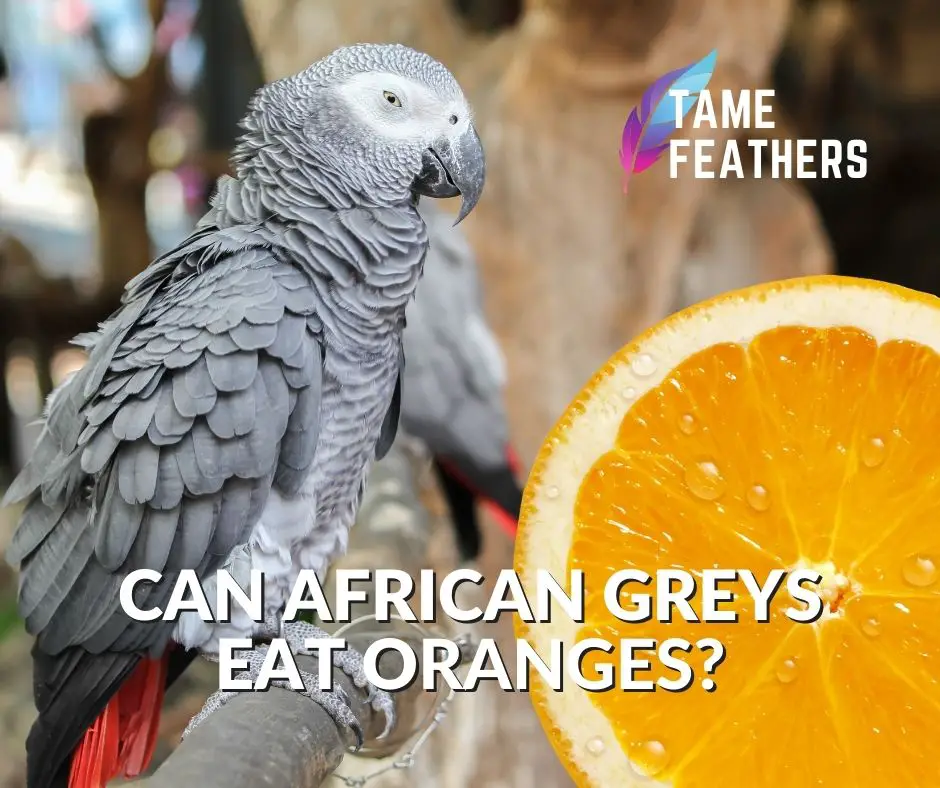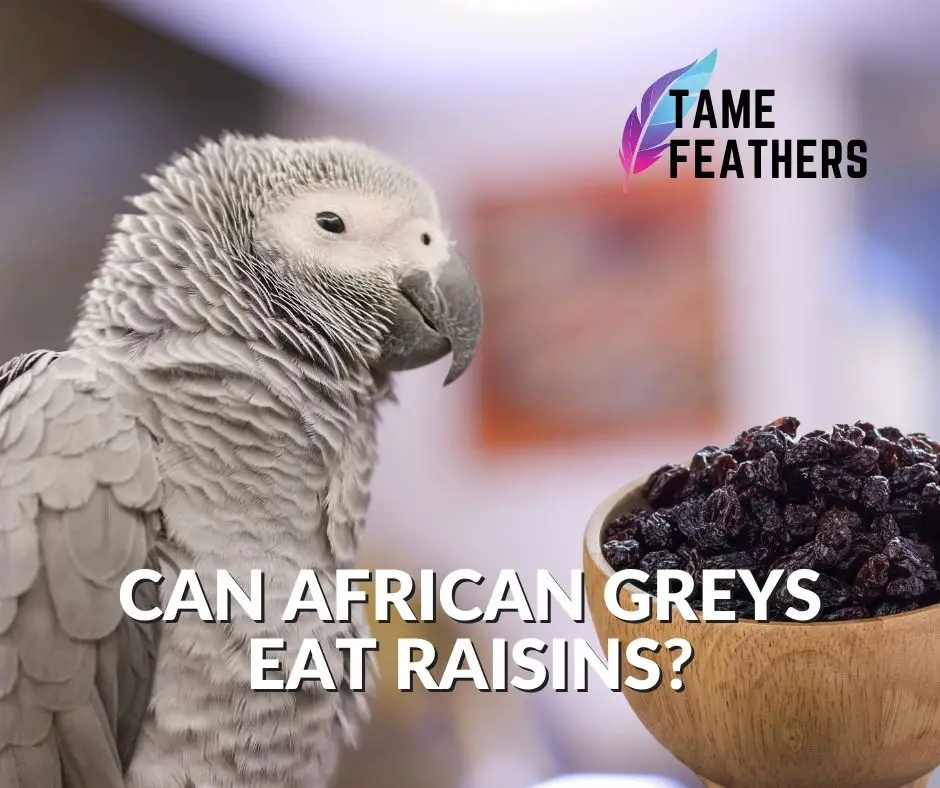Can ducks and chickens mate? This intriguing question raises curiosity among many animal enthusiasts. The short answer is no, ducks and chickens cannot produce offspring through mating due to their genetic differences. However, understanding the factors that prevent these two species from interbreeding offers a fascinating glimpse into avian reproduction as well as the unique characteristics of each bird. Join us in exploring this captivating topic, where we discuss the reasons behind this reproductive barrier while shedding light on the complexities of crossbreeding in birds.
Can Ducks and Chickens Mate? The Surprising Reality Behind Crossbreeding Feathered Friends
If you’re a poultry enthusiast, you may have wondered if it’s possible for ducks and chickens to mate. After all, these birds seem to have a lot in common: both lay eggs, both are commonly kept as pets or raised for meat or eggs, and both are members of the Phylum Chordata. However, there are some notable differences between ducks and chickens that can make crossbreeding tricky, if not impossible.
In this blog post, we’ll explore the physical differences between ducks and chickens, how their reproductive organs differ, and the mating behaviors and courtship rituals unique to each species. We’ll also delve into the possibilities for crossbreeding these feathered friends and examine the genetic incompatibilities that make hybrid offspring unlikely. Finally, we’ll discuss factors affecting fertility rates in poultry breeding programs and ethical considerations surrounding inter-species breeding attempts.
Physical Differences Between Ducks and Chickens
Ducks (Anseriformes) are typically larger than chickens (Galliformes) but have shorter legs. They also have webbed feet that aid in swimming but can make walking on land more difficult. Their bills are broader than those of chickens but lack teeth – instead they use their bills to filter food from water.
Chickens have longer legs with sharp claws for scratching at the ground. They do not possess webbed feet like ducks but do use their respective claws to perch up off the ground when sleeping or roosting at nightfall. Chickens also possess a beak with teeth-like growths called “tomias” used for grinding grain or other vegetable items down before ingestion.
The coloration of these poultry species is also markedly different: while most chicken breeds come in shades of brown, black, white or red-colored feathers; duck breeds sport more vivid shades ranging from greens (Muscovy) to blues (Aylesbury) and browns (Cayuga).
Reproductive Organs: Ducks vs. Chickens
The reproductive organs of male ducks and chickens differ significantly. Male ducks have a long, coiled penis called a “phallus”, which is used during mating to deposit sperm directly into the female’s cloaca. Chickens, on the other hand, have no external genitalia; instead, they eject semen via a erectile process named the “cloacal kiss”.
Female ducks and chickens both possess an oviduct which is responsible for producing eggs that will be expelled from the cloaca. The female duck’s oviduct has an additional structure called a “cloacal pouch,” which helps store the sperm until it can reach the ovaries. Additionally, female ducks have multiple shells surrounding each egg that protect it from cracking in subaqueous environments like those found in natural wetland habitats where their ancestors would forage.
Mating Behaviors and Courtship Rituals in Ducks and Chickens
Ducks typically engage in group courtship displays known as “lekking.” Male ducks will show off their brightly colored feathers and engage in elaborate dancing rituals to attract females. Once paired up they chase each other while making calls or quacking sounds during copulation.
Chickens, on the other hand, engage in hierarchy-based courtship displays within small populations of birds (known commonly as flocks). Roosters perform a variety of vocalizations from crowing very early morning to clucking gently while treading hens during mating.
Crossbreeding Possibilities for Poultry Species
Despite some similarities between these two species of birds including familial classification within Kingdom Animalia’s Phylum Chordata – these are separate animals with distinct behaviors, anatomical features – thus rendering crossbreeding attempts unlikely or flat-out impossible without artificial intervention such as gene splicing by scientists.
Hybrid Offspring: Genetic Incompatibility of Ducks and Chickens
Even in artificial breeding practices, the genetic coding underpinning each species’ phenotype is nearly always incompatible. While there have been past anecdotes or possible mythic accounts where it has been reported hybrid offspring were produced – this remains a fairly uncommon occurrence.
Egg Fertilization Process in Birds
For both ducks and chicken eggs, fertilization occurs within the female’s reproductive tract. The sperm are introduced by male birds during mating and travel up the oviduct to reach the egg, which is in the process of descending through the funnel-shaped infundibulum before being encased with shell material. The capstone of shell application takes place in last minutes before egg matter easterly emerges from female’s cloaca.
Incubation Periods for Duck and Chicken Eggs
Incubation times vary between ducks and chickens; On average duck eggs take around 28 days incubation compared to chicken eggs which require about 21 days (although some breeds can be as little as 19).
Common Mating Problems Encountered by Bird Keepers
There are many roadblocks that birdkeepers face when attempting to pair/breed different species together. As previously mentioned, differences such as physical characteristics, reproductive organs/behavior, etcetera make it extremely difficult or unachievable even among closely related Galliformes/Anseriformes orders.
Factors Affecting Fertility Rates in Poultry Breeding Programs
The success rate of poultry breeding often depends on several factors including: age of birds (breeders), available food sources, stress levels/values within their living environment space) , exposure to certain illnesses/diseases that could be passed along through genetics/exposure via body fluids etc.
Ensuring Optimal Health, Nutrition, and Living Conditions for Breeding Birds
As with any animals kept as pets or for farming purposes optimal health/nutritional intake and living conditions are necessary in order for bird breeding to be successful. Food and water supplies must remain plentiful, their area of habitation should be cleaned daily if not more frequently.
Past Instances of Duck-Chicken Hybrids: Fact or Fiction?
Accounts of chicken-duck hybrids have been reported by various sources over the years, however due to lack of genetic research/data nowadays that would prove these reports accurate or untrue, it’s difficult to know for certain.
Understanding the Concept of Hybrid Vigor (Heterosis) among Livestock Species
Hybrid vigor is a phenomenon observed in many types of animals where first-generation hybrids tend to exhibit increased vitality/health when compared with their purebred counterparts. This phenomenon is often referred to as heterosis and essentially connotes hybrid robustness—some experts within animal husbandry lore debate whether this occurs primarily because the offspring now possess more diverse alleles due to crossbreeding providing greater adaptability when compared to a common gene pool seen in contemporary breeding programs.
Breeds Crossed within the Anseriformes Order (Ducks, Geese)
Within the order Anseriformes alone there exist about 168 species across 3 families which cannot interbreed successfully barring unusual artificial intervention. However, specific hybrids can arise whereby one domestic breed may harbor ancestral mixtures with another breed found naturally among its continental region(s) – such cases represent rare situations but do occur among some breeds.
Breeds Crossed within the Galliformes Order (Chickens, Turkeys)
Within the Galliformes order you might find some inter-species breeding protocols proving successful- this is thought likely confined mainly within groups closely related like game birds/ornamental chickens. Beyond that though: gene-transfer rates tend towards nil with isolated crossover examples occurring only under lab conditions (artificial insemination often).
Ethical Considerations Surrounding Inter-species Breeding Attempts
While inter-species crossbreeding in birds has produced some hybrid offspring, this process should not be taken lightly. Such practices raise ethical considerations, including the health and welfare of the birds involved as well as their offspring. The creation of hybrids may not be beneficial or desirable for either species and could disrupt natural ecosystems if released into the wild. Therefore such practices should primarily have educational / scientific purposes in mind – not for breeding/RAISING for food/harvesting routines at commercial scale.
In conclusion, while it can be tempting to experiment with crossbreeding ducks and chickens, it is unlikely to result in successful hybrid offspring due to genetic differences between the two species which render them incompatible without artificial intervention via gene splicing . However, understanding the physical differences between these feathered friends and their respective reproductive organs/processes remains important knowledge for poultry enthusiasts looking after farm-type animals or pets. Additionally you’ll find increasing access to information about breeding/farming available thanks mainly – but certainly NOT only- to advancements across fields including genetics expertise and advanced animal-husbandry methods.




